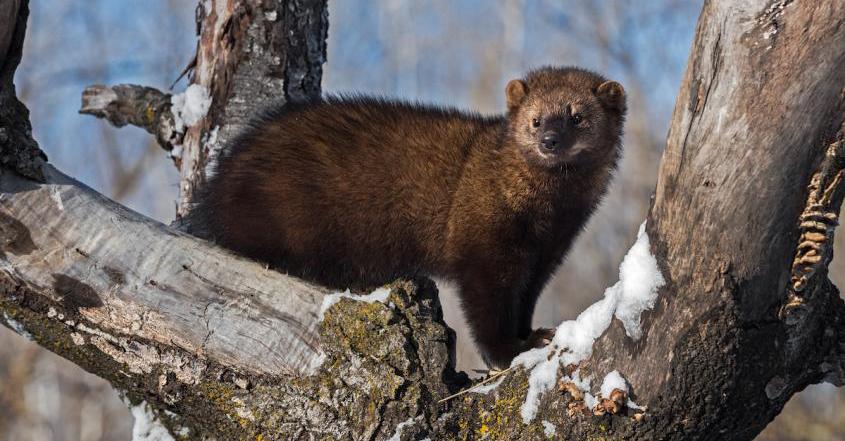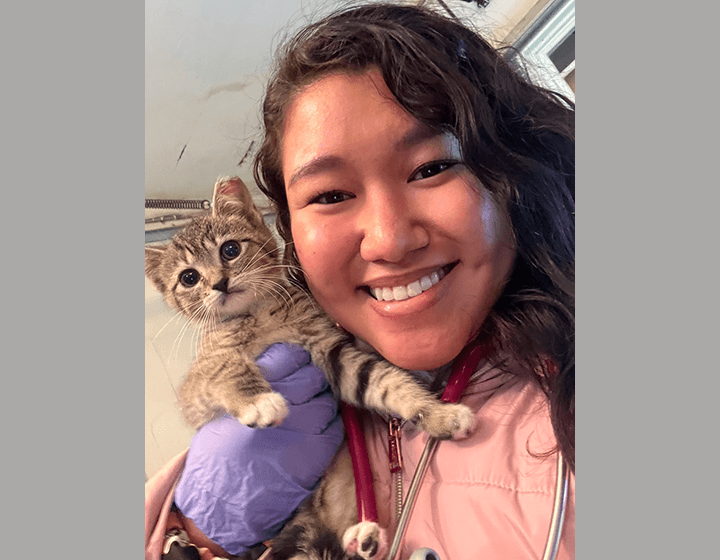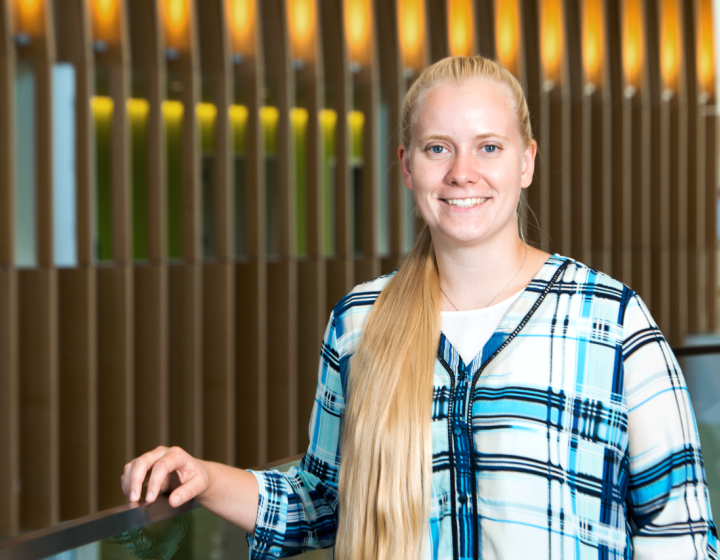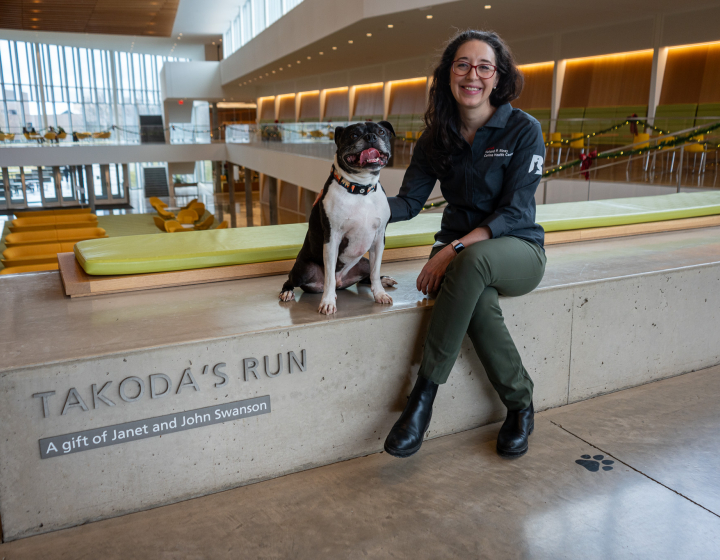New York’s unique wildlife program sees decade of success, receives renewed funding
This storm brought more than just torrents of wind and rain. As it made its way to the Northeast in fall 2020, tiny little gnats, no wider than a few millimeters, were swept up in its wake. Deposited unceremoniously into their new northern home, the gnats — Culicoides midges — went back to doing what they do best, biting deer.
Soon, deer in the Hudson Valley started showing concerning symptoms of epizootic hemorrhagic disease — including weakness, swollen tongue and loss of fear of humans — spread by these tiny biting flies.
Dr. Elizabeth Bunting, associate professor of practice at the Cornell University College of Veterinary Medicine, was quickly contacted by a field biologist with the New York State Department of Environmental Conservation (DEC): They’d found a buck exhibiting suspicious symptoms.

Storms blew these gnats north twice before, in 2007 and 2011. Bunting knew that there could be consequences not just for wild deer but captive herds, and to a lesser extent cattle.
Bunting, thanks to the robust communication network of the New York State Wildlife Health Program, gave the early alert to partners across the state, including the Department of Agriculture and Markets, about the presence of epizootic hemorrhagic disease. Ultimately, the disease killed approximately 1,500 wild deer that fall — out of an estimated population of one million.
In 2011, Bunting and assistant research professor Dr. Krysten Schuler together created the New York State Wildlife Health Program, in partnership with the DEC. This partnership has enabled Cornell to work hand in hand with the state’s wildlife biologists on threats that affect all of New York’s wildlife, from bats and birds, to frogs and fishers, to beavers and bears. Because diseases in wildlife can affect domestic animals and people, they also often work with state agricultural experts and public health officials.
This year, to continue this successful program, the DEC renewed the Wildlife Health Program for $6.4 million over five years.
The program is a key partnership between Cornell and the DEC. “Our program is the best of its kind and has served as a model for other states,” says Kevin Hynes, program leader and wildlife biologist with the DEC. “We are entering our second decade of this joint endeavor, which combines the expertise and capabilities of both DEC and Cornell to help protect New York’s wildlife populations and human residents.”
With a comprehensive website and extensive data able to be shared with partners statewide, the program’s network of field biologists, veterinarians, DEC officers, communicators, data scientists and many more are not only ready to mobilize when an outbreak strikes New York’s wild animals, but also actively work to prevent such problems by helping government officials translate data into policy and practice.
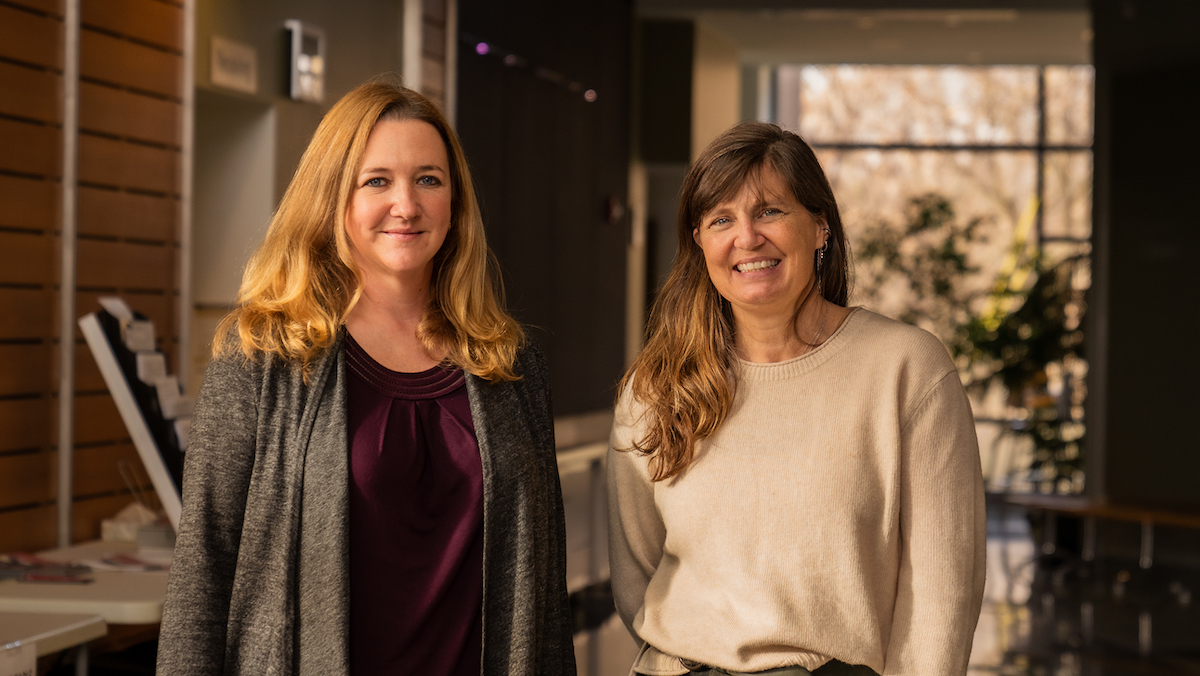
A knowledgeable network
The Wildlife Health Program develops high-quality scientific information about disease ecology in wildlife species through surveillance and research, with the goal of protecting and sustaining future wildlife populations. They do this by generating and centralizing diagnostic data and performing epidemiological modeling, and providing it back to the state and public in easily accessible ways, so that the data can have impact.
For instance, if a field biologist recovers a diseased crow, they can send it to one of three labs — Cornell’s Animal Health Diagnostic Center in Ithaca, the Cornell University Duck Research Laboratory on Long Island or the DEC’s Wildlife Health Unit in Delmar — where they analyze the cause of death. Is it an avian reovirus, which can spread throughout crow populations in winter when they’re in close quarters? If it’s the height of summer, however, such a death is uncommon and analysts can sound the alarm if a new disease has emerged, such as what happened when West Nile Virus was introduced to the United States through New York City in 1999.
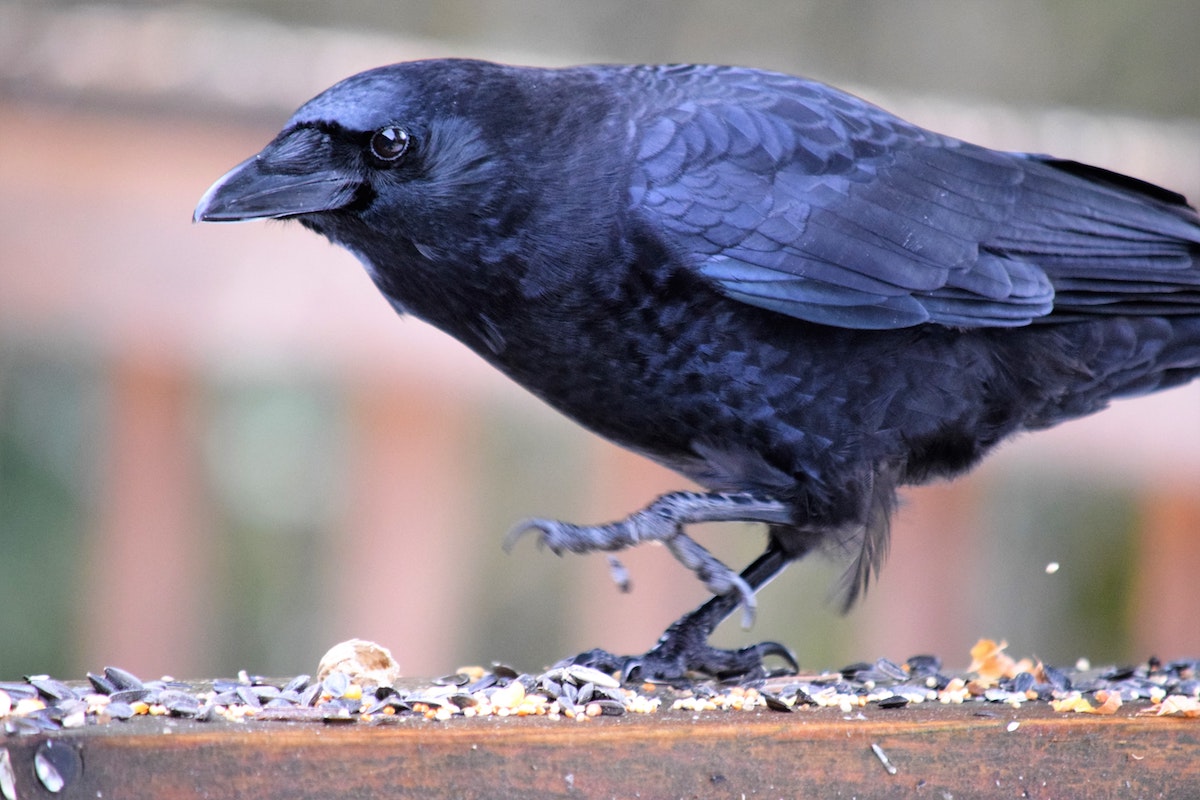
The program explores research questions using the data generated, and thus advises on health-related policy and practices. It also emphasizes a One Health approach — the philosophy that humans, animals and the planet are interconnected.
“If there’s a disease that kills wildlife, we care for the sake of that animal population and its interconnected role in the ecosystem — but we also care in case that disease affects people’s domestic animals or even people, whether directly or indirectly,” Bunting says.
Zoonotic diseases can have significant negative consequences for humans — like West Nile Virus, rabies, tularemia and Lyme disease. But it works both ways, says Hynes. Sometimes human activities result in the spread of disease to wildlife, like the introduction of the fungus that causes white nose syndrome in bats. “It is important to have a program in place to detect new disease occurrence and to study the effects and consequences of those diseases,” Hynes says.
“The ongoing coronavirus pandemic is actually an excellent example of this. Humans have spread SARS-CoV-2 to wildlife, and there is concern that it could spill back into humans,” adds Bunting.
Thanks to the staff’s complementary expertise in diagnostic sciences, disease ecology, epidemiology and veterinary medicine — as well as the renewal of crucial state funds — the Wildlife Health Program is poised to usher in another five years of trailblazing One Health practices.
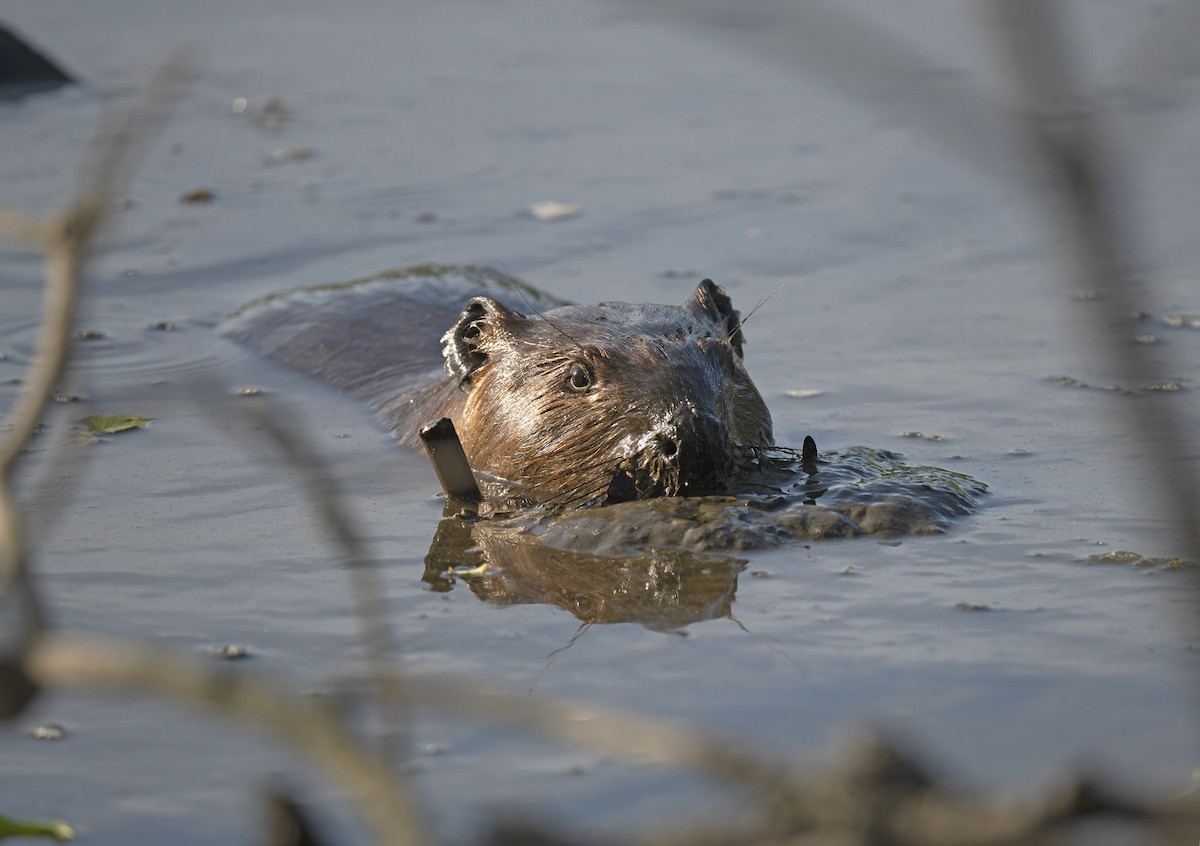
A decade of data
New York’s DEC has weathered many disease crises, including West Nile Virus, chronic wasting disease and white nose syndrome. These outbreaks not only affected important wildlife populations, but also had the potential to jump to humans. Partnering with Cornell was a natural fit.
“They came to Cornell because our Animal Health Diagnostic Center had assisted them with chronic wasting disease,” Bunting says. “Cornell helped design a risk-based weighted surveillance program that ensures statewide evaluation of risks with appropriate samples where it is needed.”
The DEC and Cornell were ready to apply this initial success to all of New York’s wildlife. To co-develop and co-lead the program, Dr. Krysten Schuler, wildlife disease ecologist and assistant research professor, provided the perfect complement to Bunting’s expertise in clinical wildlife veterinary medicine. “There could not have been anybody better — she had experience in wildlife disease outbreaks for years all over the country,” Bunting says.
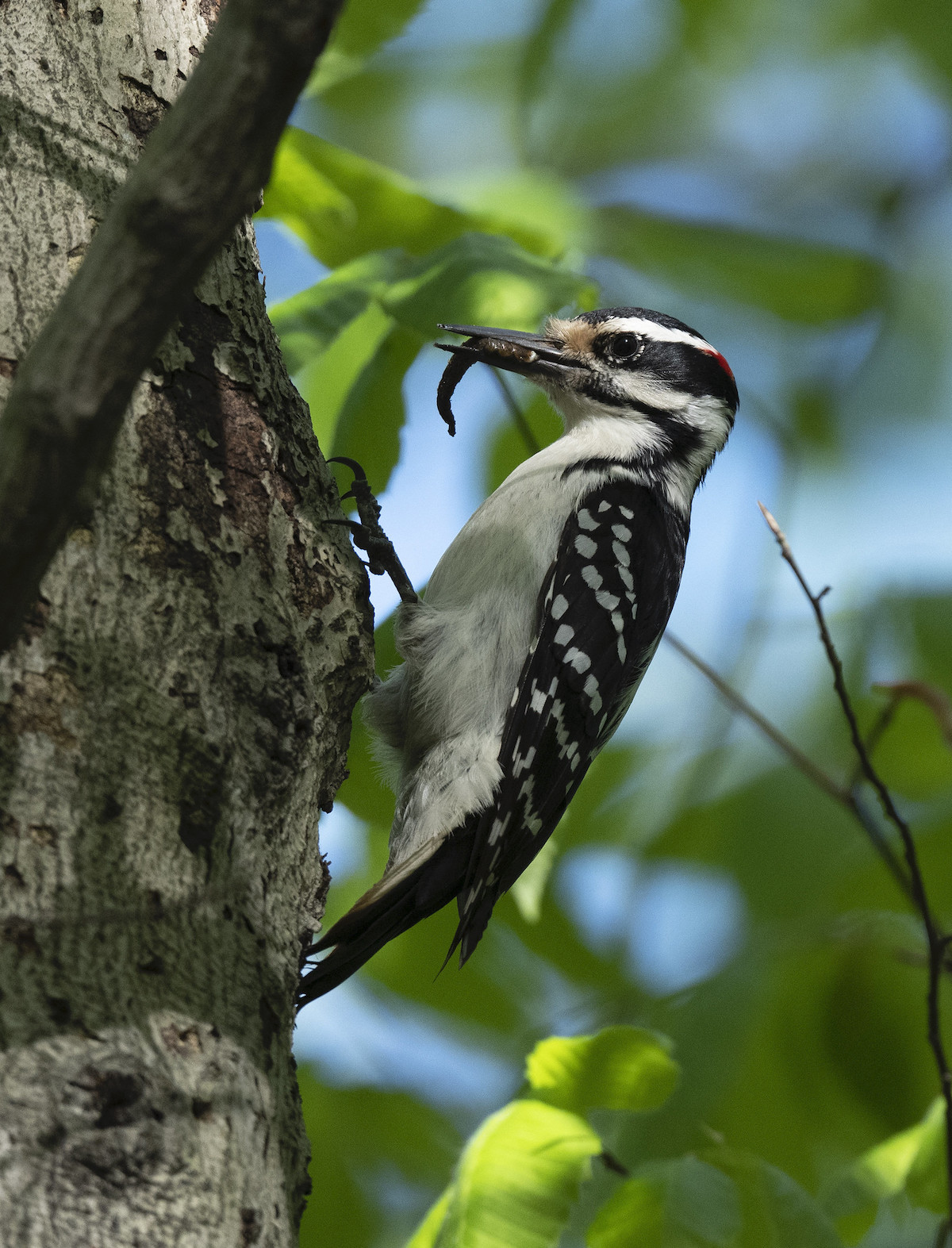
With a specialty in chronic wasting disease, Schuler arrived at Cornell from the U.S. Geological Survey’s National Wildlife Health Center in Wisconsin. “The Wildlife Health Program was a natural fit,” Schuler says. “I enjoy being part of an organization that acts based on research and data, that has a tangible impact on the lives of wild animals across the state.”
Bunting, Schuler and the DEC sat down to outline what would be needed, and in 2011 officially launched the New York State Wildlife Health Program.
“The primary goals for the Wildlife Health Program are to have an accurate, robust and efficient wildlife disease surveillance program,” Bunting says.
Adds Hynes, “This allows us to keep tabs on diseases we know we have, anticipate and detect diseases we do not think we have but expect could be introduced at any time, and to be able to detect and identify any novel unexpected diseases that may enter native wildlife in New York.”
To that end, the first 10 years of the Wildlife Health Program revolved around five pillars: Training, surveillance, communication, policy and outreach.
Training focused on teaching program wildlife staff, environmental conservation officers and partners safe practices when interacting with or handling wildlife in the field. This was crucial as biologists compiled data on wildlife cases to create a ‘normal’ baseline of information.
“We need them to know the safety basics for everything they touch, and our surveillance and testing goes hand-in-hand with this,” Bunting says. “That first year we tested every animal we received for rabies, for example, even deer. It turned out we had about eight deer carrying rabies, which was unexpected. It really landed with our biologists that they had to be careful.”
Communication is key
To increase communication, the Wildlife Health Program created a statewide database to log their surveillance data in a way that was accessible to DEC biologists. Schuler was a major proponent of moving this information to the digital realm.
“We needed to be able to share this information back to the agency in a useful way,” Schuler says.
“The primary goals for the Wildlife Health Program are to have an accurate, robust and efficient wildlife disease surveillance program.”
— Dr. Elizabeth Bunting, co-director of the program
Thanks to a data analyst and specialized software specific to wildlife health, staff are able to share information across the Animal Health Diagnostic Center and the DEC on the near-1,600 cases processed each year.
The Wildlife Health Program also forged partnerships with the Department of Health and the Department of Agriculture and Markets, so that when an issue arose, all partners were informed. That’s how the staff was able to communicate quickly with DEC field biologists when epizootic hemorrhagic disease threatened deer in 2020.
“We keep our eyes peeled for everything, and we are on the phone with representatives from multiple groups if we think that there is any risk,” Bunting says. “If there is something that’s killing wildlife, it could pose a domestic animal or human disease risk, too.”
The program also informs policy makers on wildlife health topics. One landmark example of this is the program’s expertise on chronic wasting disease (CWD), a fatal disease in cervids like deer, elk, moose and caribou. CWD is universally fatal and causes progressive weight loss and loss of brain function. It spreads through direct contact as well as saliva, feces and urine. The prions that cause CWD can bind to soil or be taken up in plants, where they remain infectious for years. It is currently present in 25 states.
Schuler has studied CWD for over two decades and advised the DEC on policies to minimize the risk of CWD introduction and spread. In addition to working on its CWD surveillance and interagency management plan, she has advised on regulations regarding deer importation into the state. In 2019, she addressed the U.S. House of Representatives Committee on Natural Resources on the subject and provided scientific testimony on the disease, which eventually lead to increased federal funding to state wildlife agencies to work on the disease.
“So far, New York is the only state to have had an initial outbreak of CWD and contained it without further detections, and we want to keep it that way,” Schuler says.
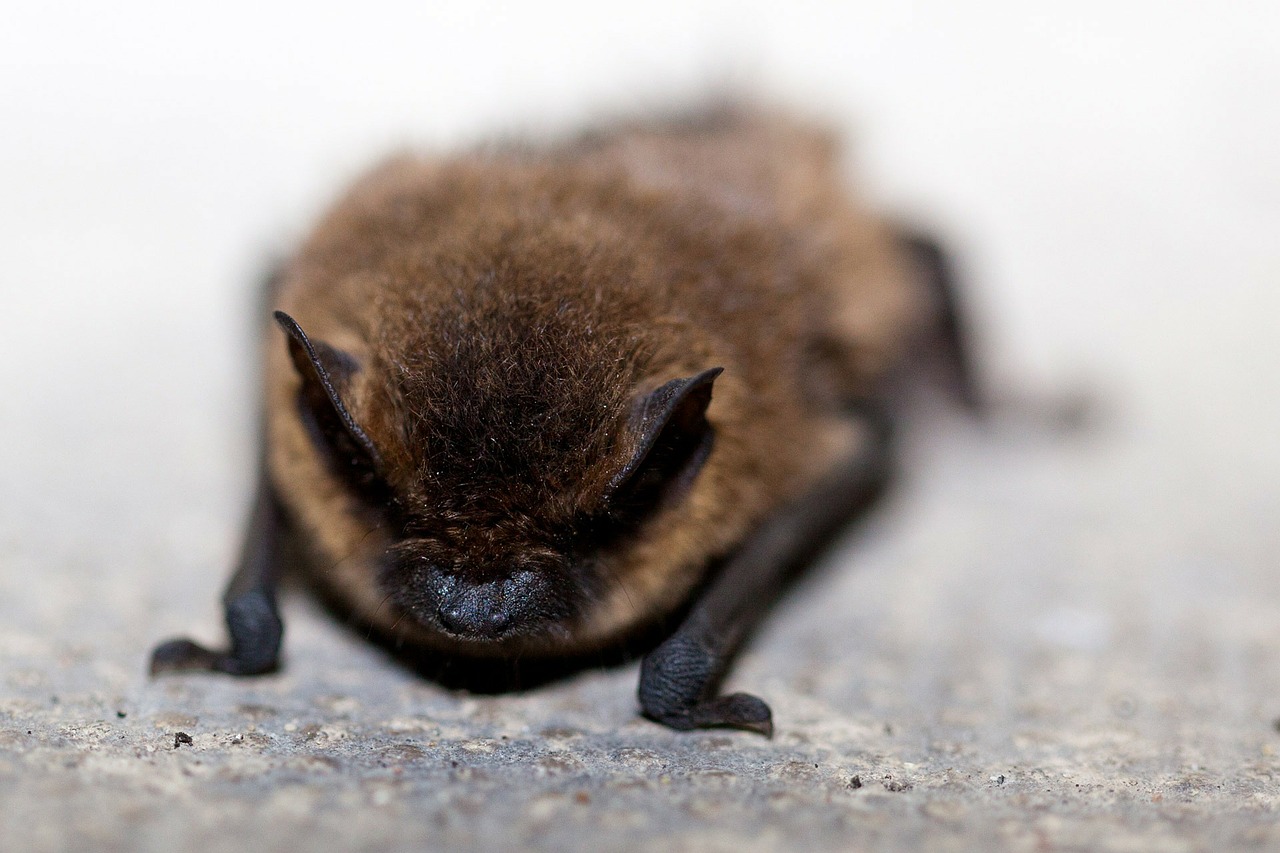
Outreach outcomes
The Wildlife Health Program has created exhaustive resources for the public, primarily through its website. Their fact sheets alone cover approximately 40 diseases, like botulism and West Nile Virus. Providing information to the public is an important part of what the program does, as people might not realize what consequences their choices have on New York’s wildlife.
For instance, the program is investigating products used for rodent control that are showing up in forest-dwelling creatures, like fishers, which belong to the weasel family. Rodenticide poisoning kills the rodent but it can also kill animals that hunt and eat these rodents. Fishers have become unseen collateral damage, as approximately 70% of the fishers that staff examined in New York had various poisons in their system. They are working with partners across multiple states to see how rat poison affects the various species, like fishers, bobcats and hawks.
Informing the public about the effects of lead on human health is also a good example, says Schuler. “Because there is a potential concern that fragments of lead ammunition can wind up in venison, we’re working with the DEC on a campaign to educate hunters about the potential hazards of using lead ammunition.”
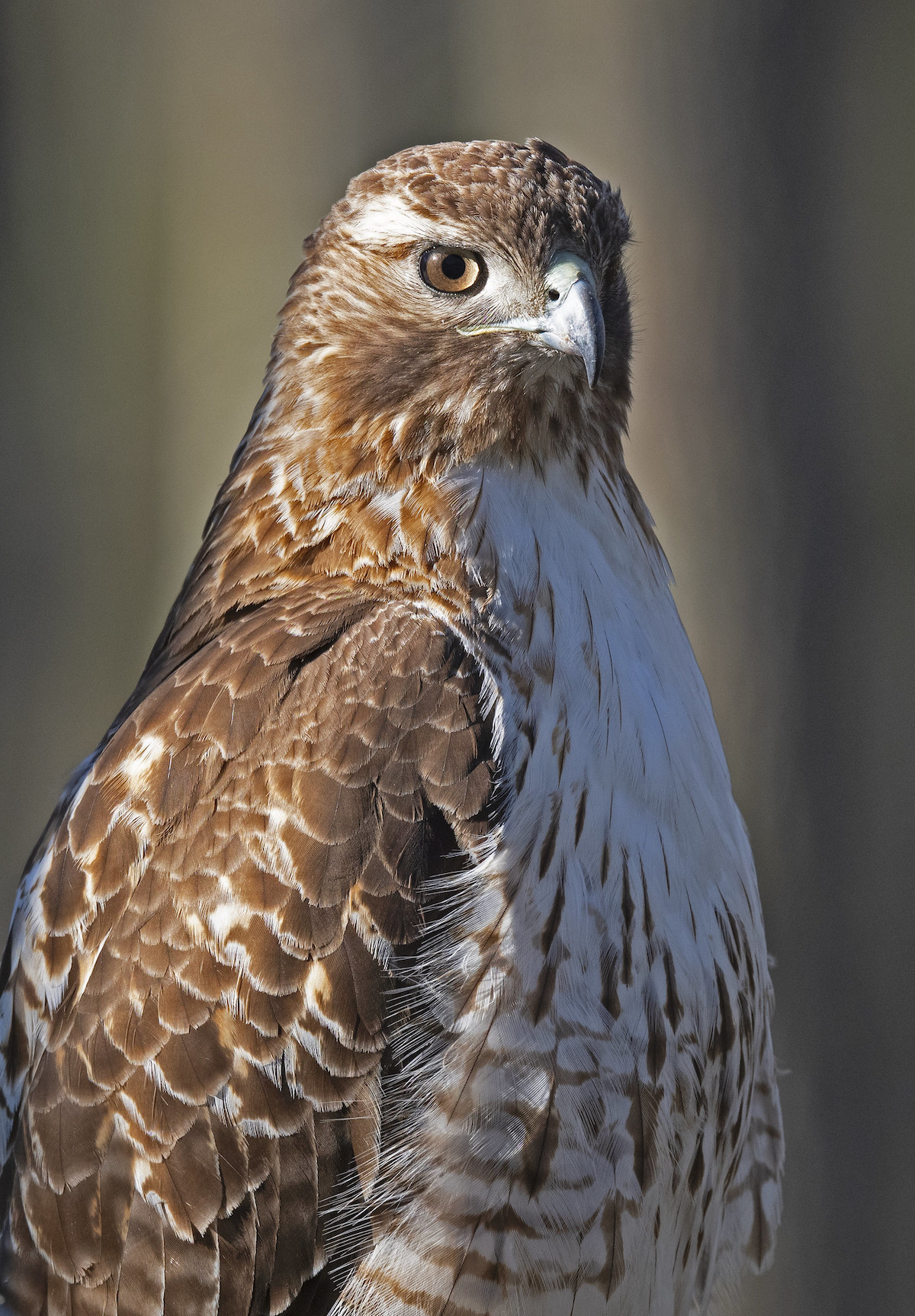
Eyes on the next 10 years
The program sees advanced data modeling as the near frontier. This wouldn’t be the program’s first foray into mathematics, either. When research showed that approximately 20% of New York’s bald eagles died due to lead poisoning — usually ingested via eating game species killed with lead ammunition — Schuler hired Dr. Brenda Hanley, research associate and mathematician, who built models on how such losses impact the entire bald eagle population.
“Every loss is not just the loss of one animal,” Schuler says. “It’s the loss of that animal’s future reproductive capacity, and the reproductive capacity of every offspring that animal would have had.”
The staff would like to apply additional mathematical models to understanding how to improve state wildlife agency surveillance and disease management. There are only so many bald eagles to work with, for example. “We don’t have enough data on wildlife to use traditional analytical methods,” Bunting says.
The program will continue to embrace additional communication projects, and is working with Katherine McComas, Ph.D. ’00, communication professor and vice provost for engagement and land-grant affairs at Cornell, on effective communications with hunters, particularly around lead ammunition.
“If you’re talking to gun owners about ammunition, people could distrust a message on lead and food safety coming from an academic because they might fear it is a step toward stopping hunting or gun ownership,” Schuler says. “Our research with Dr. McComas is figuring out the best ways to communicate messages about health to the public — without fear-mongering or causing an adverse reaction.”
Hynes looks forward to expanding the program’s surveillance and diagnostics, to greater collaboration between state government agencies and Cornell and to continued vigilance against emerging diseases. “We have already made great strides in having wildlife health concerns integrated into the evaluation process for projects and activities undertaken or reviewed by the DEC,” Hynes says. “Wildlife,” he adds, “is both integral to New York’s ecosystem and a valuable resource to protect for everyone’s sake.”
Says Bunting, “Our highest priority will always be taking our information and using it to do something — prevent, detect and respond to diseases — all in support of wildlife and the people of New York state.”
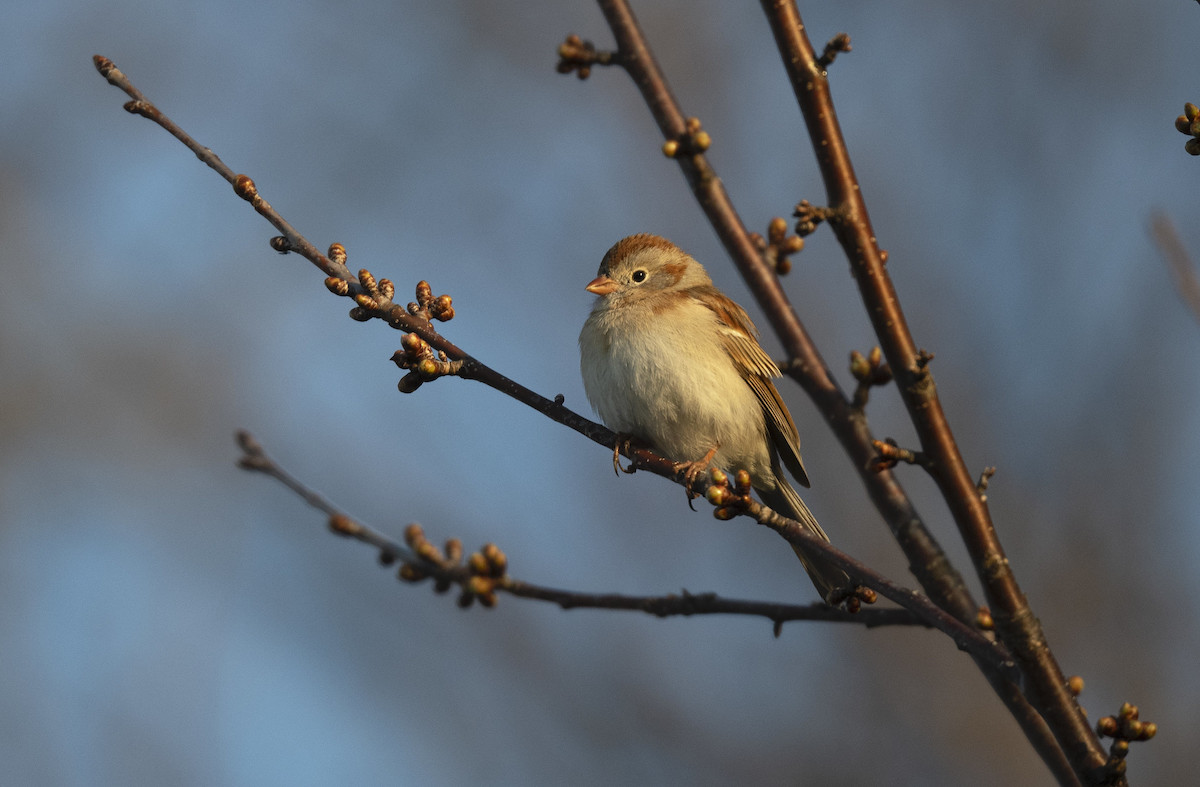
Written by Melanie Greaver Cordova



